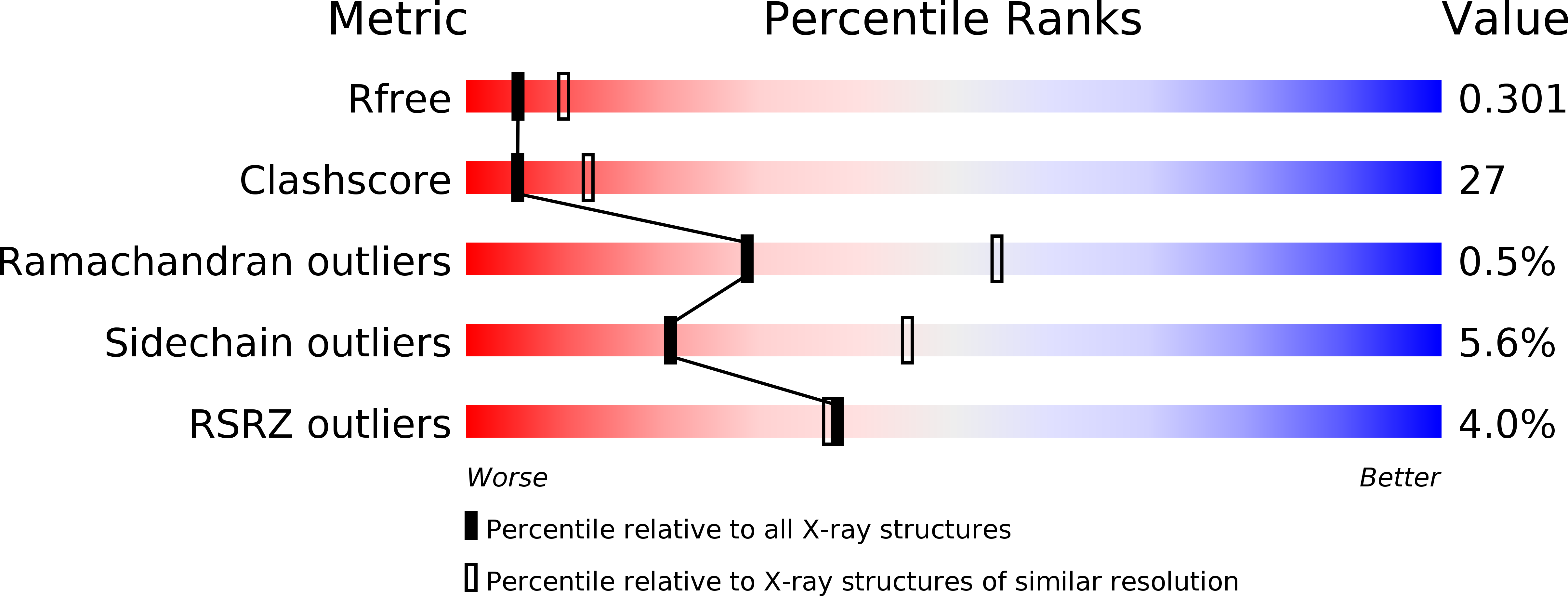
Deposition Date
2008-07-17
Release Date
2008-12-09
Last Version Date
2023-11-01
Entry Detail
PDB ID:
2ZPN
Keywords:
Title:
The crystal structure of Saccharomyces cerevisiae Atg8- Atg19(412-415) complex
Biological Source:
Source Organism:
Saccharomyces cerevisiae (Taxon ID: 4932)
(Taxon ID: )
(Taxon ID: )
Host Organism:
Method Details:
Experimental Method:
Resolution:
2.70 Å
R-Value Free:
0.30
R-Value Work:
0.24
R-Value Observed:
0.24
Space Group:
P 21 21 21


